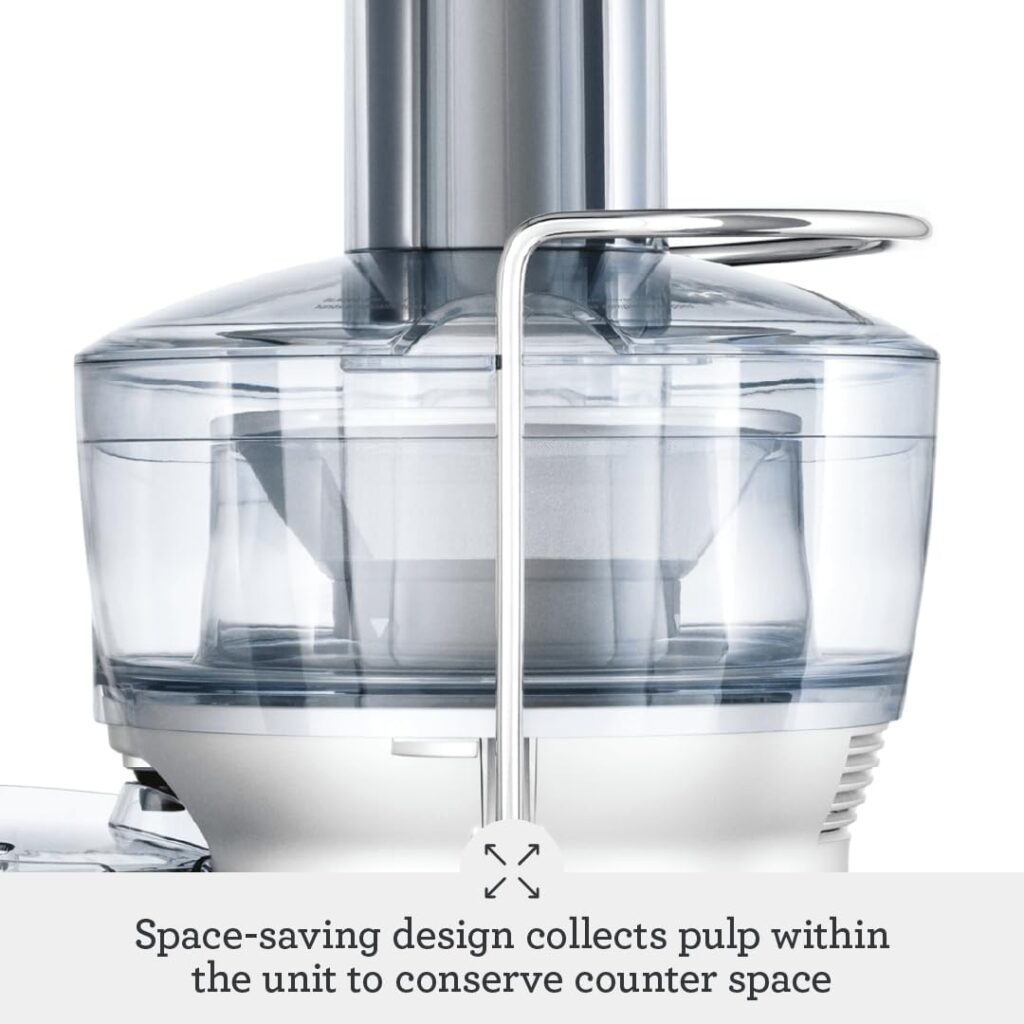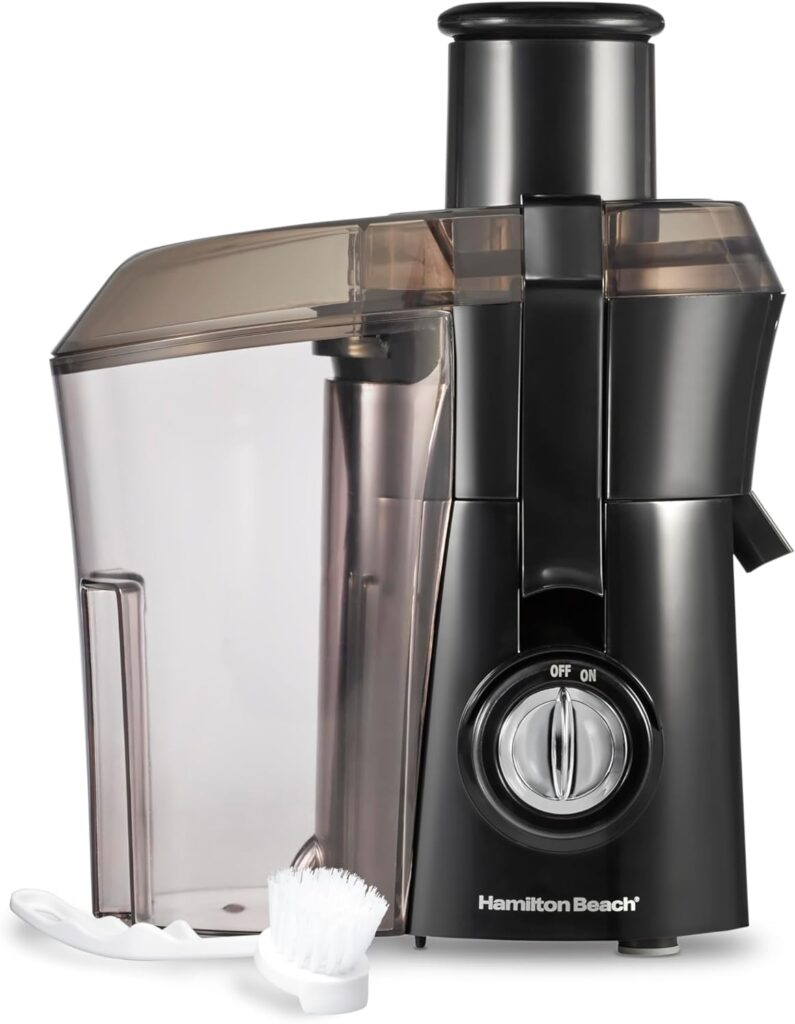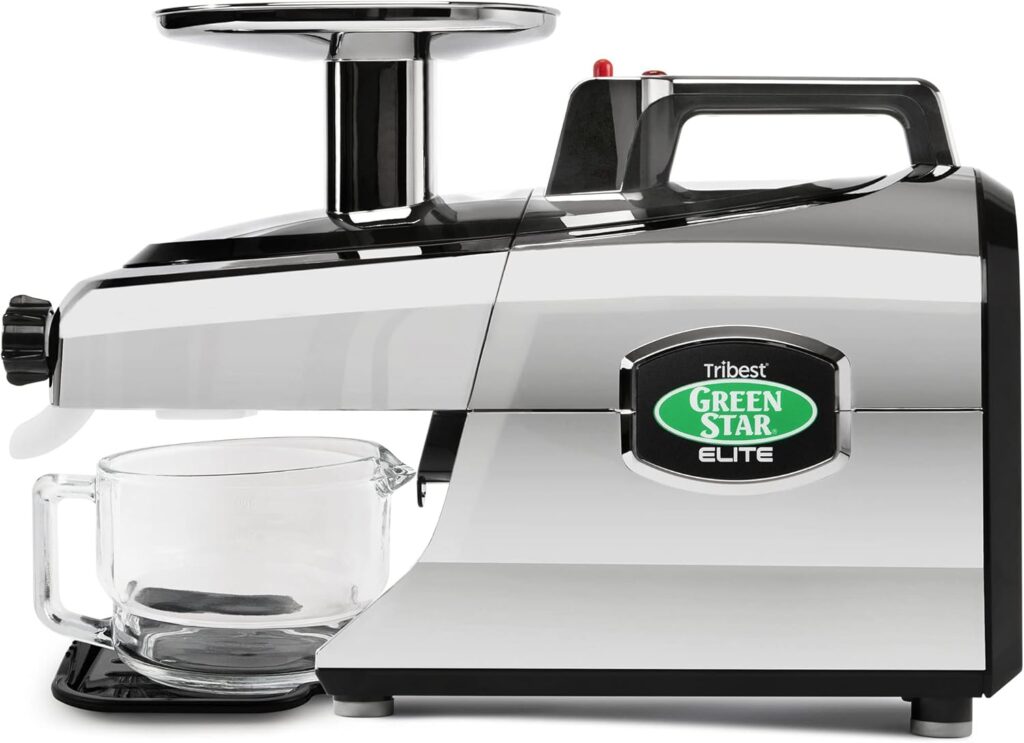Juicing has become an essential part of a healthy lifestyle, offering a natural way to enjoy fresh fruit and vegetable extracts.
However, if you’re new to juicing, you may be wondering: how do juicers work?
Understanding the mechanism behind different juicer types can help you make an informed purchase decision.
In this guide, we’ll break down the working principles of juicers, compare different types, and recommend the best juicers available on Amazon to help you choose the right one.

How Do Juicers Work? The Basics
Juicers operate by extracting liquid from fruits and vegetables while separating the pulp.
The process varies depending on the type of juicer, but the general steps include:
- Feeding the produce through a chute.
- Slicing and grinding the ingredients.
- Separating the juice from the pulp.
- Collecting the juice in a container while disposing of the pulp.
Some juicers allow you to retain some pulp, which contains beneficial fiber, while others remove it entirely.
Now, let’s explore the different types of juicers in detail.
Types of Juicers and How They Work
There are three primary types of juicers: centrifugal juicers, masticating juicers, and twin-gear juicers.
Each functions differently and offers distinct advantages.
1. Centrifugal Juicers: Fast & Convenient
Centrifugal juicers, also known as “fast juicers,” use a spinning blade to shred fruits and vegetables while separating the juice through a high-speed centrifugal force.
✅ How They Work:
- The produce is shredded by a fast-spinning metal blade.
- The juice is separated using centrifugal force.
- The juice flows out, while pulp collects in a separate compartment.
✅ Pros:
- Quick juicing process (6,000–14,000 RPM).
- Affordable and easy to use.
- Ideal for beginners.
❌ Cons:
- Generates heat, which may reduce nutrient retention.
- Noisy operation.
- Less efficient for leafy greens.
🔹 Recommended Centrifugal Juicer: Breville Juice Fountain Plus – Powerful motor, fast operation, and easy cleanup!

2. Masticating Juicers: Slow But Efficient
Masticating juicers, also known as “cold press” or “slow juicers,” extract juice by slowly crushing fruits and vegetables before pressing out the liquid.
✅ How They Work:
- Produce is fed into a chute and pressed through a slow-moving auger.
- Juice is extracted while pulp is expelled into a separate container.
✅ Pros:
- Retains more nutrients due to low heat production.
- Works well for leafy greens and wheatgrass.
- Higher juice yield.
❌ Cons:
- Slower juicing process.
- Requires more prep time (chopping produce into smaller pieces).
🔹 Recommended Masticating Juicer: – Hamilton Beach Juicer – High juice yield, quiet motor, and premium build quality.

3. Twin-Gear (Triturating) Juicers: Maximum Yield & Nutrition
Twin-gear juicers are advanced juicers designed for maximum juice extraction and nutrient retention. They feature two interlocking gears that crush and press produce slowly.
✅ How They Work:
- Produce is fed into the machine and slowly squeezed between two gears.
- Juice is separated through fine mesh screens.
- The process ensures minimal oxidation and maximum nutrient retention.
✅ Pros:
- Produces high-quality juice with minimal oxidation.
- Great for juicing leafy greens, nuts, and even herbs.
- Long-lasting motor and durability.
❌ Cons:
- Expensive compared to other juicers.
- Requires more effort to clean and operate.
🔹 Recommended Twin-Gear Juicer: Tribest Greenstar Elite – Best choice for serious juicers, excellent for leafy greens and maximum yield!

Best Juicers – Comparison Table
| Juicer Type | Best For | Price Range | Our Recommendation |
|---|---|---|---|
| Centrifugal | Speed & convenience | $98 | Breville Juice Fountain |
| Masticating | High juice yield, leafy greens | $49 | Hamilton Beach |
| Twin-Gear | Maximum nutrition & efficiency | $599 | Tribest Greenstar Elite |
FAQs About Juicers
If you want quick juicing, go for a centrifugal juicer. If you prefer higher juice yield and better nutrition, a masticating or twin-gear juicer is the way to go.
Masticating juicers are generally easier to clean than centrifugal juicers due to fewer parts and slower operation.
Yes! However, it’s best to peel oranges before juicing to avoid a bitter taste.
Absolutely! Juicing daily can help increase your intake of essential vitamins and nutrients.
Use leftover pulp in baking, soups, smoothies, or composting for a zero-waste approach.
Final Thoughts: Which Juicer Should You Buy?
Choosing the right juicer depends on your needs.
If you’re looking for speed, a centrifugal juicer like the Breville Juice Fountain is a great option.
For maximum juice yield and nutrient retention, consider the Hamilton Beach or Tribest Greenstar Elite.
Ready to start juicing? Check out the best juicers on Amazon today!
📌Related Read:
Where Are Omega Juicers Made in 2025? (Surprising Truth You Should Know)
9 Of The Best Blender Juicer Combo
12 Best Juicer For Kale And Leafy Greens In 2025
10 Best Blenders For Juicing And Smoothies
Best Cold Press Juicers for Carrots: Extract Maximum Nutrients & Flavor
